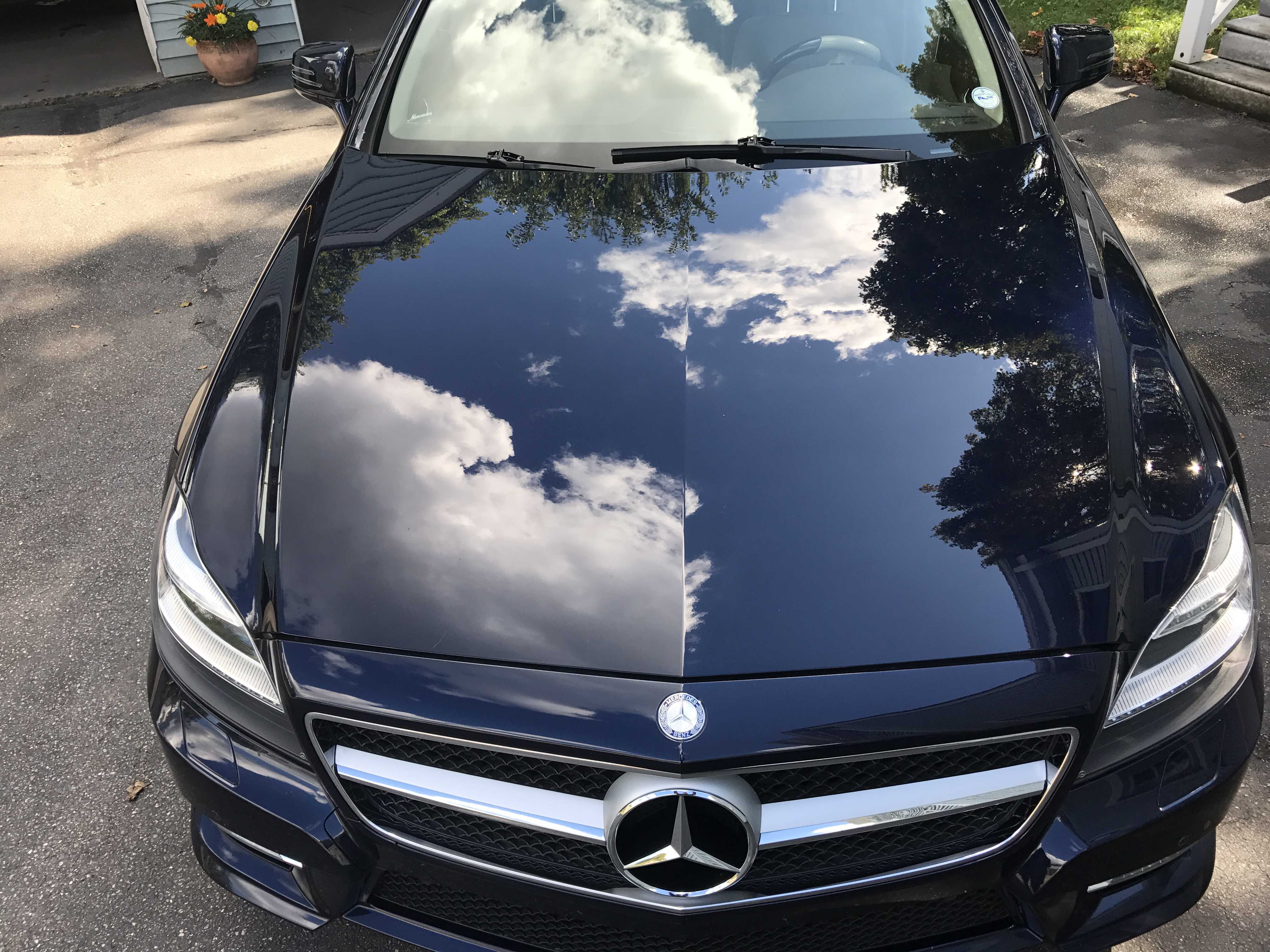Long-Term Outcomes with Expert Ceramic Coating Philadelphia Applications
Long-Term Outcomes with Expert Ceramic Coating Philadelphia Applications
Blog Article
Why Ceramic Layer Is the Ultimate Remedy for a Perfect Finish
Ceramic coating has actually arised as a leading service for those seeking a flawless surface for their automobiles, thanks to its impressive sturdiness and safety functions. What elements absolutely established ceramic covering apart?
What Is Ceramic Finishing?

When used properly, ceramic finish produces a hydrophobic surface area that pushes back water and dust, making it much easier to clean and preserve. Unlike traditional waxes or sealants, which usually use short-lived security, ceramic coverings can last for a number of years, depending upon the item top quality and application method. The process of applying ceramic finishing calls for meticulous prep work, including extensive cleaning and occasionally paint adjustment, to make certain optimum bonding and effectiveness.
Ceramic coverings are not restricted to automobile surfaces; they can also be made use of on various products, including glass, metal, and plastics, supplying a versatile service for boosting defense. On the whole, ceramic covering represents a considerable improvement in surface security innovation, integrating both visual and practical advantages for a variety of applications.
Benefits of Ceramic Finish
While many surface area defense choices exist, the advantages of ceramic finish stand apart as a result of its unique homes and lasting efficiency. Among the key advantages is its phenomenal durability. Ceramic Coating Philadelphia. Unlike standard wax or sealers that require frequent reapplication, ceramic coatings supply a resilient layer that can last for several years, considerably decreasing maintenance efforts
Another notable advantage is improved defense against ecological impurities. Ceramic coatings produce a hydrophobic surface area that fends off water, dust, and different toxins, making it much easier to cleanse. This feature not only maintains the lorry's appearance but also reduces the danger of rust and oxidation, specifically in extreme climate problems.
Additionally, ceramic coverings supply remarkable resistance to UV rays, stopping fading and deterioration of paint gradually. This UV security is important for preserving the aesthetic worth of lorries and surfaces exposed to guide sunlight.
In addition, the glossy finish attained with ceramic finishing boosts the total visual allure, providing surfaces a showroom-quality shine. On the whole, ceramic layers stand for a substantial improvement in surface defense technology, offering long-lasting advantages that accommodate both functional and visual requirements.
How It Works
Recognizing the scientific research behind ceramic finishings exposes exactly how they supply such impressive defense and durability. At its core, a ceramic finishing is a liquid polymer that chemically bonds with the automobile's factory paint. This bonding produces a protective layer that is both oleophobic and hydrophobic, repelling water, dust, and oil. The key component of most ceramic coverings is silicon dioxide (SiO2), which is acquired from quartz. This compound adds to the finish's firmness and resistance to scrapes, UV rays, and ecological pollutants.
The application process entails several steps, including surface area prep work, which is critical to attaining ideal adhesion. Once applied, the layer goes through a curing process, during which it hardens and develops a semi-permanent bond with the paint surface area. This bond is what distinguishes ceramic finishings from traditional waxes and sealants, offering a longer-lasting protective obstacle that can sustain for years.
In addition, the density of the covering can enhance its protective top qualities, making sure that it can endure severe problems. Eventually, the science of ceramic coatings incorporates innovative products with ingenious application techniques to supply an unrivaled level of security and visual improvement for vehicles.
Comparison With Typical Methods
The advantages of ceramic finishes become especially evident when contrasted to conventional paint security methods such as sealants and waxes. While waxes offer a momentary luster, usually lasting a few weeks to a number of months, ceramic finishings offer a lasting safety layer that can sustain for a number of years. This resilience significantly decreases the frequency of reapplication, making ceramic finishes a more affordable solution gradually.
Furthermore, conventional techniques commonly call for extensive preparation and numerous applications to accomplish an acceptable degree of security. On the other hand, ceramic finishings bond at a molecular degree with the automobile's surface, producing a durable shield against environmental pollutants like UV rays, acid rain, and road salts. This bond improves the lorry's resistance to scrapes and swirl marks, which prevail with standard waxes and sealants.
Additionally, the hydrophobic residential or commercial properties of ceramic coverings drive away water and dust, leading to much easier cleaning and upkeep. In comparison, wax and sealant-treated surfaces can attract gunk, demanding even more regular washing - Ceramic Coating Philadelphia. Generally, ceramic coatings not only provide exceptional protection yet also provide a much more visually attractive and long-lasting surface, establishing them as the recommended selection for discerning car owners
Application and Upkeep Tips

Making use of a foam applicator, use the finish in tiny areas, following the manufacturer's standards regarding thickness and overlap. Permit sufficient treating time between coats, normally 24 hours, to guarantee correct bonding. After application, it is essential to stay clear of exposure to water or rough components for at least a week to enable the layer to totally treat.
In addition, utilizing a ceramic maintenance spray can enhance the finish's hydrophobic buildings and long life. Regular inspections for helpful site any type of signs of wear will certainly assist keep the coating's stability and preserve that immaculate surface.
Conclusion
In final thought, ceramic layer emerges as a superior choice for accomplishing a perfect vehicle finish. By forming a robust bond with manufacturing facility paint, ceramic covering successfully shields against scratches, UV rays, and ecological contaminants.

Report this page